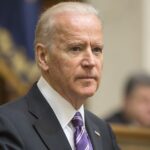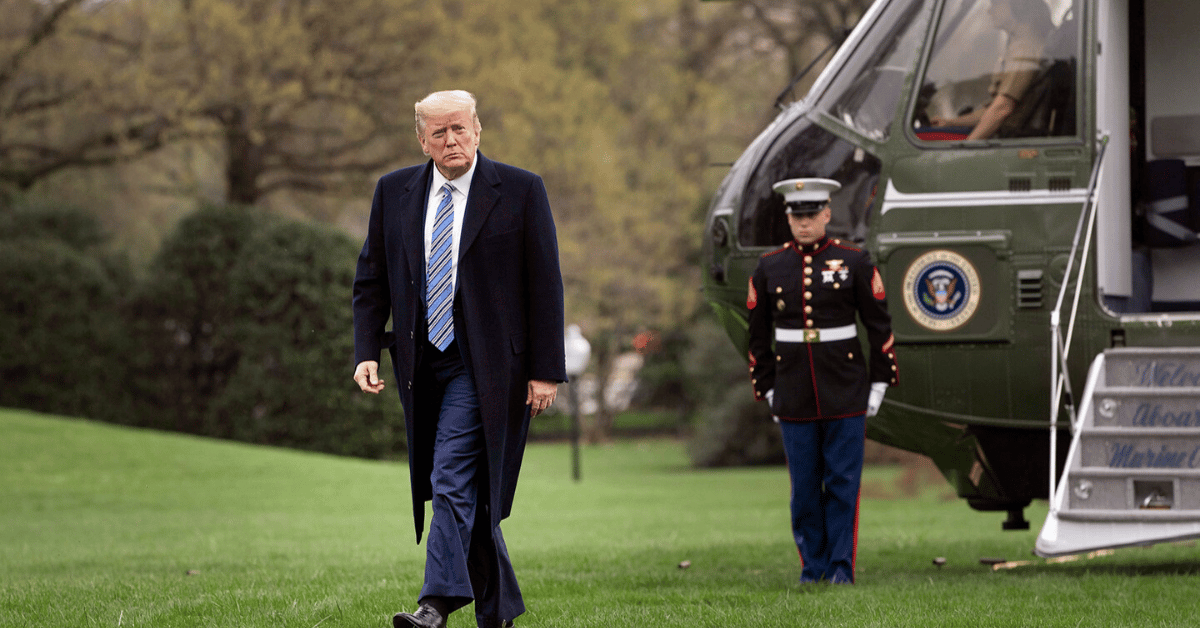
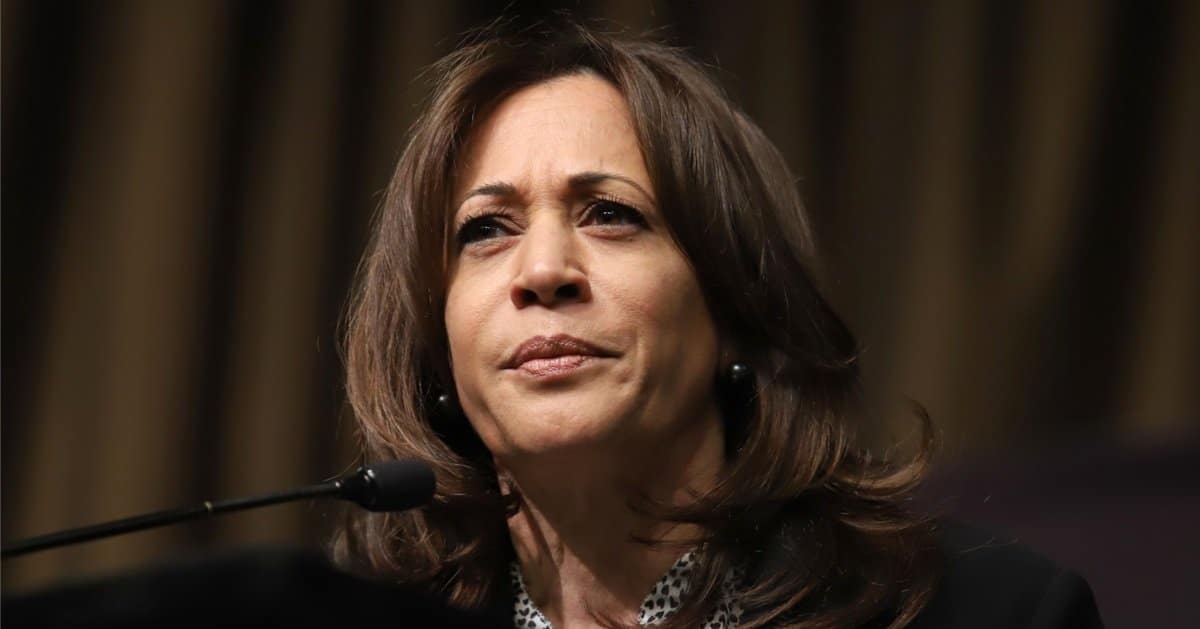
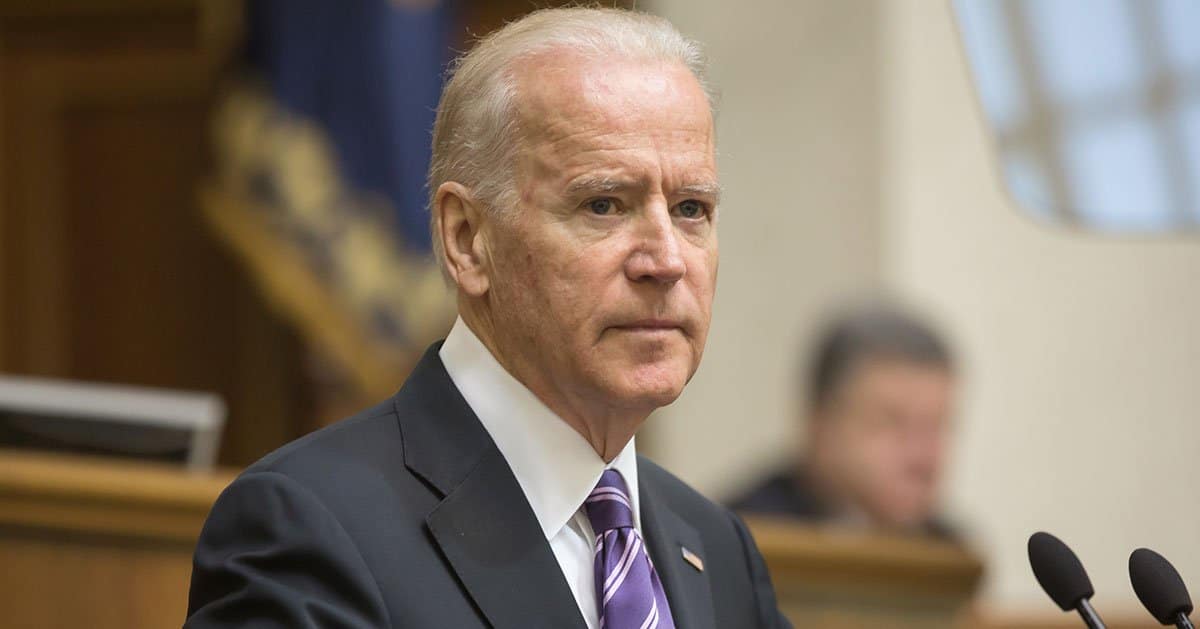
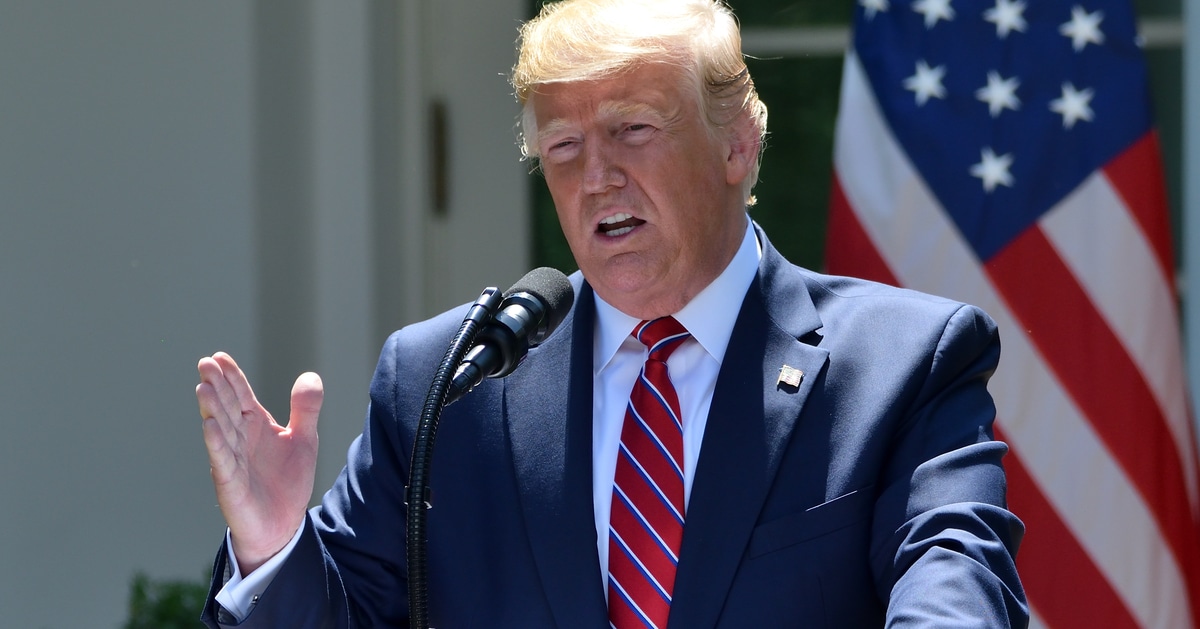

In an unexpected move, President Donald Trump has reversed his decision to terminate hundreds of federal workers involved in managing the United States' nuclear arsenal. The decision came after rising criticism over the implications of these layoffs on national security.
The Daily Mail reported that up to 2,000 Department of Energy employees faced termination as part of a broader initiative spearheaded by Elon Musk to streamline government operations and reduce expenditures.
The Department of Energy, crucial to the nation's nuclear capabilities, initially saw layoffs of between 1,200 and 2,000 workers last Friday.
Among those affected were 325 individuals from the National Nuclear Security Administration (NNSA), an agency integral to nuclear security. Critics voiced concerns about the dismissal of workers, whose roles play a critical part in overseeing nuclear arms.
In light of the backlash, some of the layoffs within the NNSA have been partially rescinded. According to a departmental spokesperson, fewer than 50 employees from the NNSA were eventually let go. However, these cuts largely targeted administrative and clerical roles, sparing essential oversight positions.
Despite the adjustment, skepticism remains regarding the broader implications of reduced staff, particularly those supervising weapons contractors and conducting weapons inspections.
Sources within the NNSA expressed their frustration, emphasizing the vital role their work plays in national security.
Compounding the issue, human resources cited poor performance reviews in justifying some of the initial terminations, leading to the resignation of two employees. This added another layer of complexity to the already controversial dismissals.
This reversal comes amid Trump’s larger campaign, supported by Musk, to cut down on federal bureaucracy. The initiative has resulted in the overall reduction of more than 9,500 federal employees, focusing primarily on those still completing their probationary period.
The threat of workforce reductions looms over approximately 200,000 federal employees as warnings have been issued across various departments. The potential cuts could affect around 3% of the civilian workforce of 2.3 million people.
Backing this initiative, an executive order authorized by Trump has opened the door for these large-scale workforce reductions. The order reflects a concerted effort to address what the administration perceives as excessive governmental expenditures and inefficiencies.
Notably, the federal workforce reductions have extended beyond administrative roles. For instance, there has been a halt in the hiring of seasonal firefighters, a decision met with concern given the occurrences of recent wildfires. Additionally, programs focused on removing fire hazards have been suspended.
Elon Musk has emerged as an avid supporter of the initiative, advocating for the elimination of entire federal agencies to significantly cut costs. Musk has articulated his opinions, emphasizing the need to address the root causes of perceived governmental bloat.
Despite Musk's support, the decisions have not gone unchallenged. Former presidential candidate Pete Buttigieg expressed his disdain for the approach, highlighting the potential ramifications of what he describes as a "mistake" in workforce management.
Nevertheless, President Trump remains steadfast in his commitment to streamline the federal government, reiterating his focus on eliminating waste and inefficiencies.
In conjunction with Musk’s support, this initiative demonstrates a shared goal of reducing governmental size and influence through substantial cuts.
Trump has particularly criticized federal employees who seek to maintain remote work arrangements. This stance indicates a broader perspective concerning the function and flexibility of the federal workforce.
The stakes are high as these workforce reductions unfold, presenting a complex terrain of efficiency, security, and public concern for the administration to navigate.
The Energy Department remains committed to its national security obligations, ensuring that vital operations concerning nuclear deterrence and modernization continue unabated. A spokesperson confirmed this dedication, asserting the department’s primary mission remains intact despite the ongoing restructuring.

